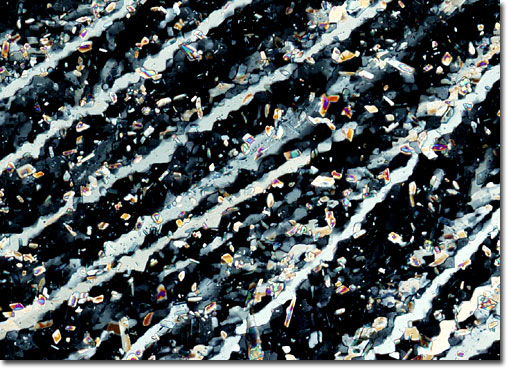|
In 1828, German chemist Friedrich Wohler prepared urea from ammonium cyanate, a feat generally considered the earliest occurrence of an organic compound synthesis achieved through the use of inorganic materials. Since that time, the synthesis of urea has developed into a significant commercial endeavor, tremendous amounts of the substance being produced each year for use in a variety of products. The greatest use of urea is as a fertilizer and feed supplement, but the diamide of carbonic acid, sometimes referred to as carbamide, is also often utilized as a base material for the industrial production of pharmaceuticals and plastics and as a stabilizer in certain types of explosives.
|
